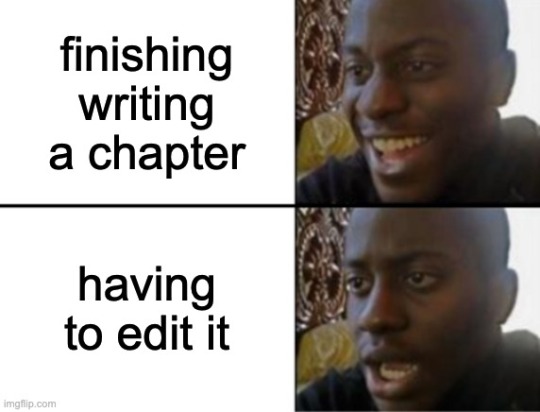#Also every chapter the first stage of editing is hitting ignore on all the document's complaints about Jamie's spelling and grammar
Explore tagged Tumblr posts
Text

#All the mistakes I need to fix that I screenshotted from the first 13 chapters are side-eyeing me as I edit the new chapter instead#I'll fix them later when it's a more reasonable hour#Their existence makes me sad but also it's a whole lot of little things to find again and replace#and I was going to do it when I finished rereading and then I ended up writing more instead so it's a for later problem sorry#Also every chapter the first stage of editing is hitting ignore on all the document's complaints about Jamie's spelling and grammar#Yeah I know it's not grammatically correct but he's like that#Mine#writing
3 notes
·
View notes